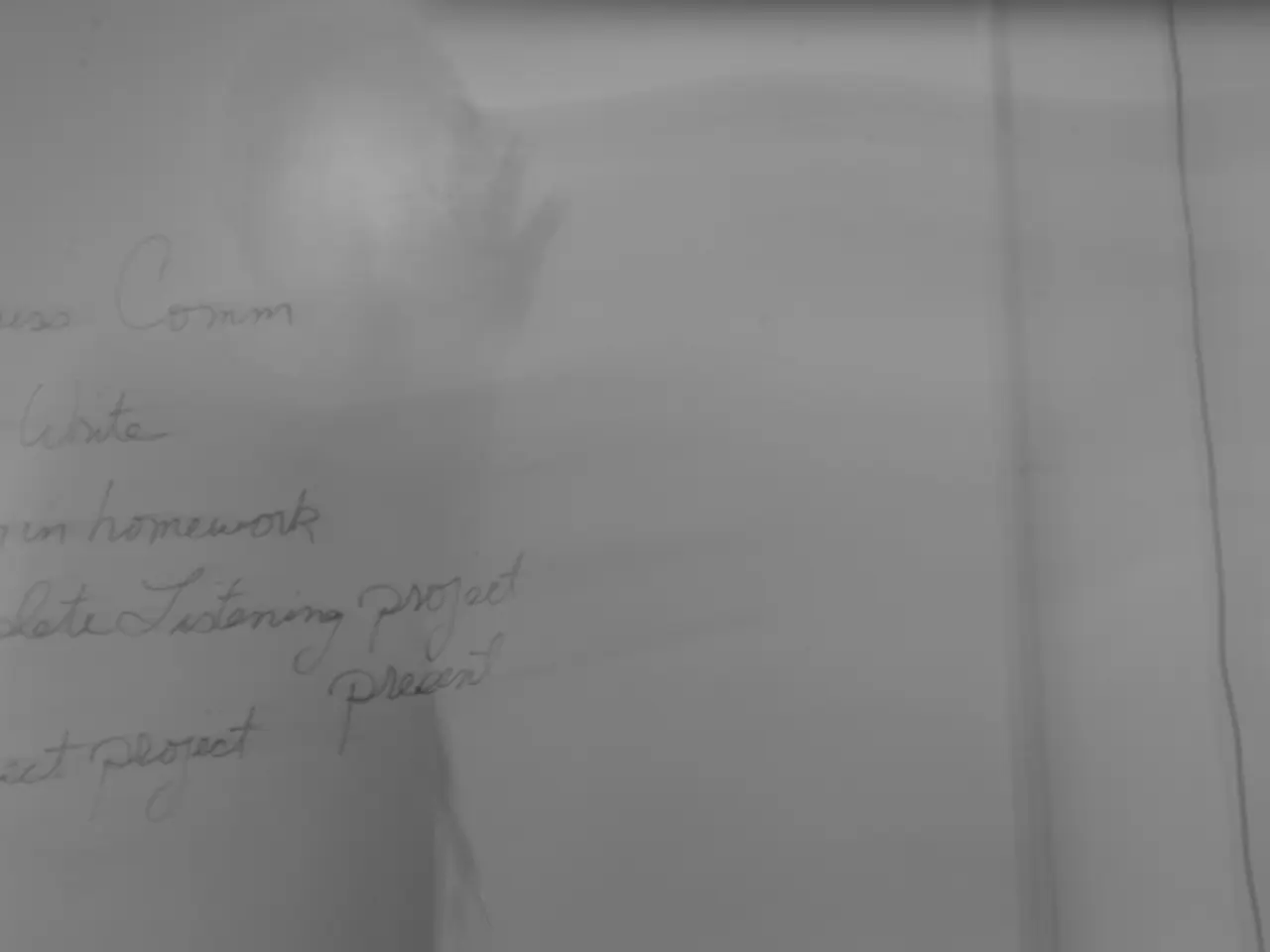Exploring the Part Patent Lawyers Play in Protecting Intellectual Property
The role of patent attorneys is undergoing a significant transformation in the global patent law landscape. Several key trends are driving this change, including the adoption of advanced AI and legal technology tools, increasing international collaboration, evolving patent eligibility and litigation reforms, and shifts in patent prosecution strategy driven by emerging technologies.
Integration of AI and Legal Technologies
AI-powered tools are revolutionising patent work by improving search efficiency by up to 85-90% and automating application drafting, reducing preparation time by 70%. Features like predictive patent analytics, blockchain for IP security, 3D patent visualization, AI-generated prior art, and smart contract licensing are transforming the patent attorney's role, making prosecution more efficient and strategic.
Global Harmonization and Work-Sharing Initiatives
Programs like the Patent Prosecution Highway (PPH) and new models such as the Parallel Patent Grant and Accelerated Patent Grant promote deeper international cooperation among patent offices. These efforts simplify prosecution across multiple jurisdictions, reduce redundant examination, and move toward a more integrated global patent system.
Evolving Legal Frameworks and Reform
Proposed U.S. legislative reforms, such as the Patent Eligibility Restoration Act (PERA), aim to clarify patent eligibility, especially for biotech, diagnostics, and AI-driven inventions. Reforms like the PREVAIL Act seek to reduce duplicate litigation burdens, important for patent attorneys advising life sciences clients and startups about risk management and patent validity.
Rising Technological Complexity and Strategic Prosecution
With the rapid growth in patent filings related to artificial intelligence, blockchain, green technologies, and digital health, patent attorneys must combine deep technical knowledge with sophisticated legal strategy. Expertise in managing obviousness doctrines, prior art, and prosecution tactics is crucial as patent applications become highly complex and as inventors rely on professional guidance over DIY approaches to secure effective protection.
Changes in Patent Dispute Resolution
The Patent Trial and Appeal Board (PTAB) continues evolving with new procedural policies affecting inter partes reviews and post-grant proceedings. Patent attorneys must stay current on these developments to effectively use PTAB as a venue for challenging or defending patents, managing estoppel issues, and leveraging expedited timelines for IP disputes.
In summary, patent attorneys today must be adept at leveraging advanced AI tools, navigating an increasingly global and harmonized patent system, adapting to legislative reforms, and providing highly technical and strategic prosecution and litigation advice. These trends collectively redefine the traditional patent attorney role into one that is more tech-savvy, internationally oriented, and strategically integral to innovation management.
Patent attorneys play a critical role in guiding clients through the complexities of patent law, assisting in preparing, filing, and prosecuting patent applications. They contribute to the safeguarding of intellectual property, thereby encouraging inventors and businesses to invest in developing novel ideas, fostering an environment where innovation thrives and is legally protected. In dealing with patent infringement cases, patent attorneys conduct thorough patent searches and analysis, assess the legal standing of claims and defenses, and advise clients on potential litigation strategies.
As the landscape of patent law continues to change, patent attorneys must remain well-versed and adaptable to successfully serve their clients in an interconnected world. To practice as a patent attorney, individuals must possess specific qualifications that include a bachelor's degree in a relevant scientific or engineering field, a Juris Doctor (JD) degree from an accredited law school, and passing the bar exam in their jurisdiction. The trend of increasing digitalization in the patent application process is streamlining workflows, and patent attorneys are adapting by leveraging technology to enhance their efficiency, making the patent process more accessible for their clients.
Read also:
- MRI Scans in Epilepsy Diagnosis: Function and Revealed Findings
- Hematology specialist and anemia treatment: The role of a hematologist in managing anemia conditions
- Enhancing the framework or setup for efficient operation and growth
- Hydroelectric Power Generation Industry Forecasted to Expand to USD 413.3 Billion by 2034, Projected Growth Rate of 5.8% Compound Annual Growth Rate (CAGR)








